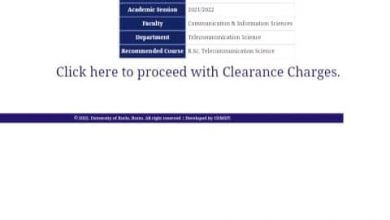Current JAMB Cut-Off Marks for Nigerian Universities: What You Need to Know
The National JAMB Examination Board has announced that it will not set a uniform cut-off mark for all universities. Instead, individual institutions are responsible for determining their own cut-off marks. While some universities have already established their cut-off points, many others have yet to finalize theirs.
As of now, the universities that have announced their cut-off marks are as follows:
- Khadija University, Jigawa State: 120 (Private university)
- Sokoto State University: 140
- Usman Dan Fodio University: 140
- University of Maiduguri (UNIMAID): 150
- University of Music: 180
- Bayero University: 180
- Lagos State University: 190
- Covenant University: 190
- University of Lagos: 200
- Pan-Atlantic University: 210
Several universities have not yet set or announced their cut-off marks.
FAQs
What is the role of the National JAMB Examination Board in determining university cut-off marks?
The National JAMB Examination Board does not set a uniform cut-off mark for all universities. Instead, each university is responsible for determining its own cut-off mark.
How does the cut-off mark affect my admission into a university?
The cut-off mark is the minimum score required to be considered for admission into a university. Meeting or exceeding this mark increases your chances of being admitted, but it does not guarantee admission.
Are there any universities that have not yet announced their cut-off marks?
Yes, several universities have not yet finalized or announced their cut-off marks. Students should regularly check with their preferred institutions for updates.
Do private universities have different cut-off mark requirements compared to public universities?
Yes, private universities often have different cut-off mark requirements compared to public universities. For instance, Khadija University, a private institution, has a lower cut-off mark compared to many public universities.
Also Read: Nigerian Navy Recruitment Guidelines: Eligibility, Requirements, and Application Process



